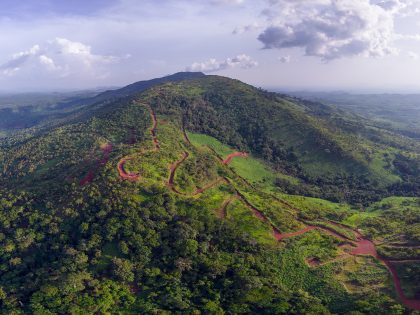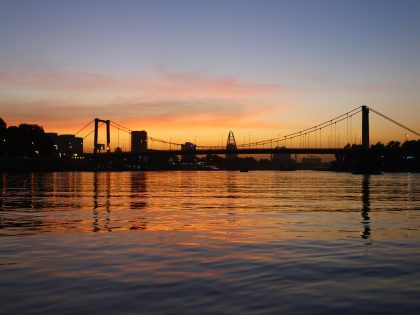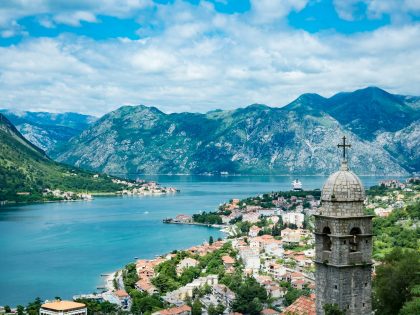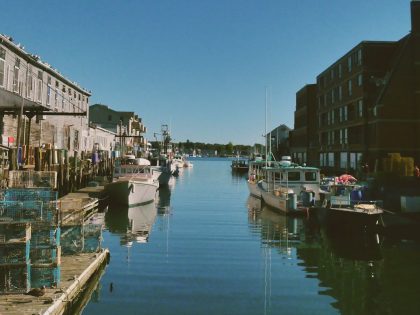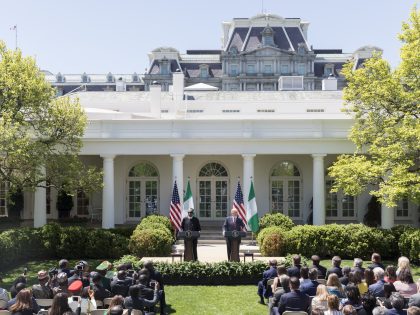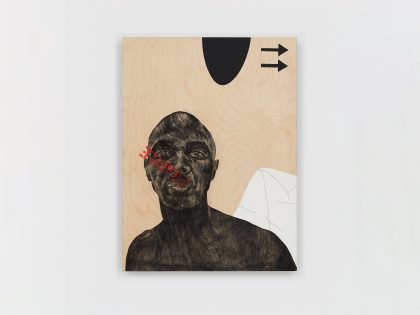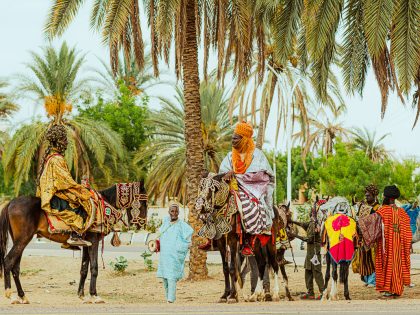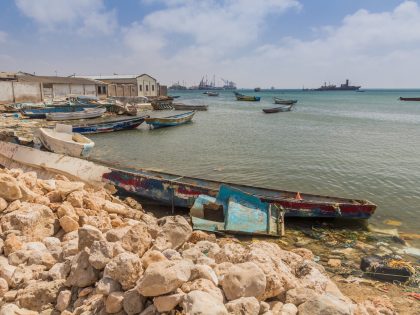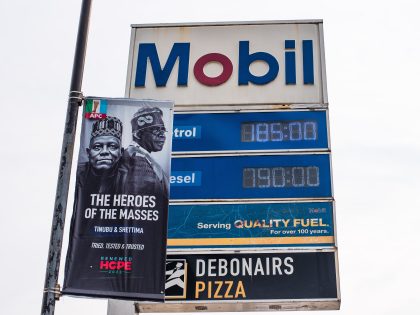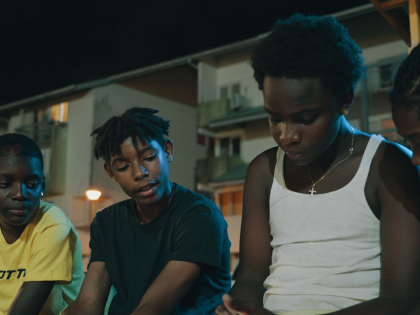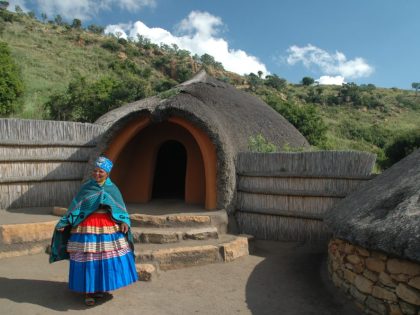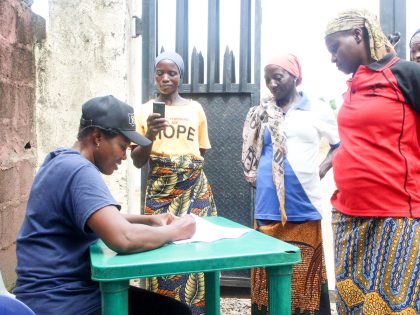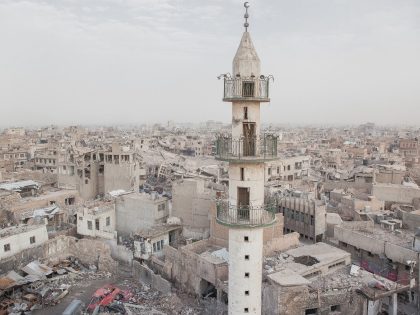When Germany had its own #RhodesMustFall moment

Ropke and Friedrick Hayek
In 1967, West Germany had its own #RhodesMustFall moment. In September of that year, socialist students tore down the monuments to colonial leaders Hans Dominik and Hermann von Wißmann that stood in front of their university. One statue was carried across the street, propped up in the cafeteria, painted red, and hung with a collection box for protesters’ legal fees. A leftist magazine had predicted the moment five years earlier. A photomontage in konkret magazine showed a black hand with a saw digging its teeth into the statue’s plinth. The text of the article read: “Word is getting around. Old Europe is no longer the center of the world.”
Black and white hands collaborated to dismantle the legacies of colonialism in 1960s West Germany. One of the first political issues the previously apathetic white German students turned to was South Africa, rallying around their fellow student Neville Alexander, who had completed a Ph.D in German literature when he returned to political struggle in South Africa after the 1961 Sharpeville Massacre. His opposition to apartheid earned him a decade in Robben Island prison. German students raised over 40,000 deutsche marks for his legal fees and carried signs through West Berlin reading “He Who Supports Apartheid Sanctions Auschwitz.”
It was not hard to find supporters of apartheid in post-fascist Germany. Among their most vocal was an economist who is hailed as one of the intellectual fathers of the West German social market economy, Wilhelm Röpke. In 1964, foreign students gathered in protest when Röpke came to the University of Zurich to give a talk titled “South Africa: An Attempt at a Positive Appraisal.”
Röpke’s talk was openly racist. He said that full equality was impossible because “the South African Negro is not only a man of an utterly different race but, at the same time, stems from a completely different type and level of civilization.” Equality for the black population, he said, would mean “national suicide.” He felt that South Africa must remain a white stronghold, calling for “a Zambezi line” to “divide the black-controlled northern part of the continent from the white-controlled south.” For reasons of racial superiority, economics and Realpolitik, Röpke felt that white supremacy had to persist in South Africa. The South African government loved his analysis. They ordered twenty thousand off-prints of the pamphlet for distribution in the U.S., three further translations and sixteen thousand copies of the book in which it was to appear.
In histories of the 1960s, the Congolese, Sudanese, South African, Ethiopian and Angolan protesters who were part of the West German and Swiss student movement are largely absent. Yet Röpke is routinely praised in history books and newspapers, with barely a mention of his racism. He even has a statue of his own. Not to give anyone any ideas.

